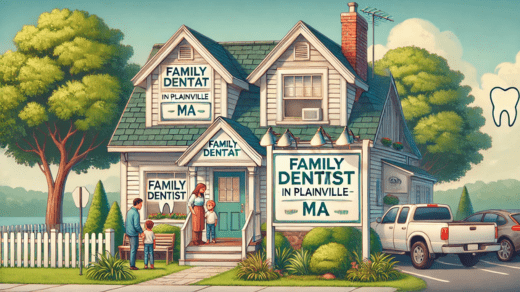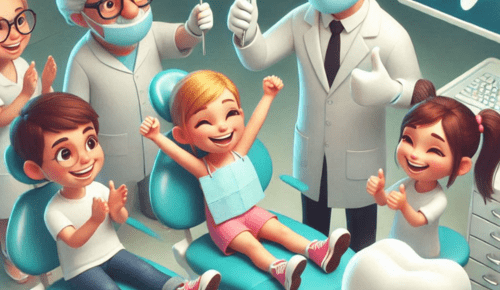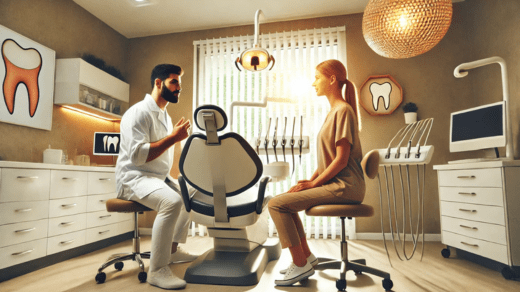Navigating your child’s dental journey can feel overwhelming. Knowing when to consult an orthodontist is crucial. Early assessment and timely intervention can prevent more significant issues later. When it comes to braces for kids, understanding the process helps ease anxiety. Begin by recognizing signs like overcrowded teeth or difficulty chewing. These indicators mean it might be time for a professional evaluation. West Covina dental care emphasizes early detection and personalized treatment plans. By identifying issues early, you can help your child maintain a healthy smile. During your first orthodontic visit, expect a thorough examination. This usually involves X-rays and a discussion about any visible concerns. You’ll receive a clear plan tailored to your child’s unique needs. Your child’s comfort and health should always come first. With the right guidance, you can make informed decisions and ensure a smooth orthodontic experience for your young one.
Signs Your Child Might Need Braces
Understanding signs that indicate the need for braces can help you take action. Look for these common indicators:
- Early or late loss of baby teeth
- Difficulty chewing or biting
- Breathing through the mouth
- Thumb sucking after the age of five
- Teeth that overlap or are crowded
- Jaw shifts or sounds
If your child shows any of these signs, consider consulting an orthodontist. The American Association of Orthodontists recommends an initial check-up by age seven. This early visit can help identify potential issues and determine the best time for braces, if needed.
What to Expect During the First Visit
During the initial orthodontic consultation, the orthodontist will assess your child’s dental health. The visit typically includes:
- A thorough oral examination
- X-rays to see the position of teeth and roots
- Photographs of the face and teeth
- A discussion of the findings
The orthodontist will explain if treatment is necessary and outline the options available. This visit is an opportunity to ask questions and address any concerns you might have. It’s essential to understand the treatment plan, the estimated duration, and the braces’ cost. The goal is to ensure both you and your child are comfortable with the process.
Types of Braces and Treatments
| Type | Pros | Cons |
| Metal Braces | Cost-effective, durable | Noticeable, may cause discomfort |
| Ceramic Braces | Less noticeable, effective | More expensive, can stain |
| Lingual Braces | Invisible from the front | Expensive, discomfort initially |
| Invisalign | Removable, invisible | Costly, not suitable for severe cases |
Discuss these options with your orthodontist to find the right fit for your child. Each option has advantages and disadvantages, and the choice depends on various factors, including your child’s needs and lifestyle.
The Journey with Braces
Once braces are fitted, regular check-ups are crucial. These visits help monitor progress and make necessary adjustments. Maintaining good oral hygiene is essential during this period. Encourage your child to brush and floss regularly to prevent cavities and gum issues.
Expect some discomfort after fittings or adjustments. Over-the-counter pain relief can help manage this. It’s also common to have dietary restrictions with braces. Avoid sticky and hard foods that can damage the braces. Encourage soft foods and a balanced diet to support dental health.
The Benefits of Braces
Braces provide more than just aesthetic benefits. They improve oral health by:
- Aligning teeth properly for a better bite
- Preventing tooth decay by making it easier to clean teeth
- Reducing strain on the jaw muscles
These benefits contribute to long-term dental health and enhance your child’s confidence. A beautiful smile can significantly impact their social interactions and self-esteem.
Conclusion
Understanding when to see an orthodontist and what to expect can ease the process of getting braces for your child. With early detection and personalized care, you can ensure a positive outcome. Support your child through regular visits, maintaining oral hygiene, and following dietary recommendations. With the right approach, achieving a healthy, beautiful smile becomes an attainable goal. Remember, your child’s comfort and confidence are the top priorities on this dental journey.





